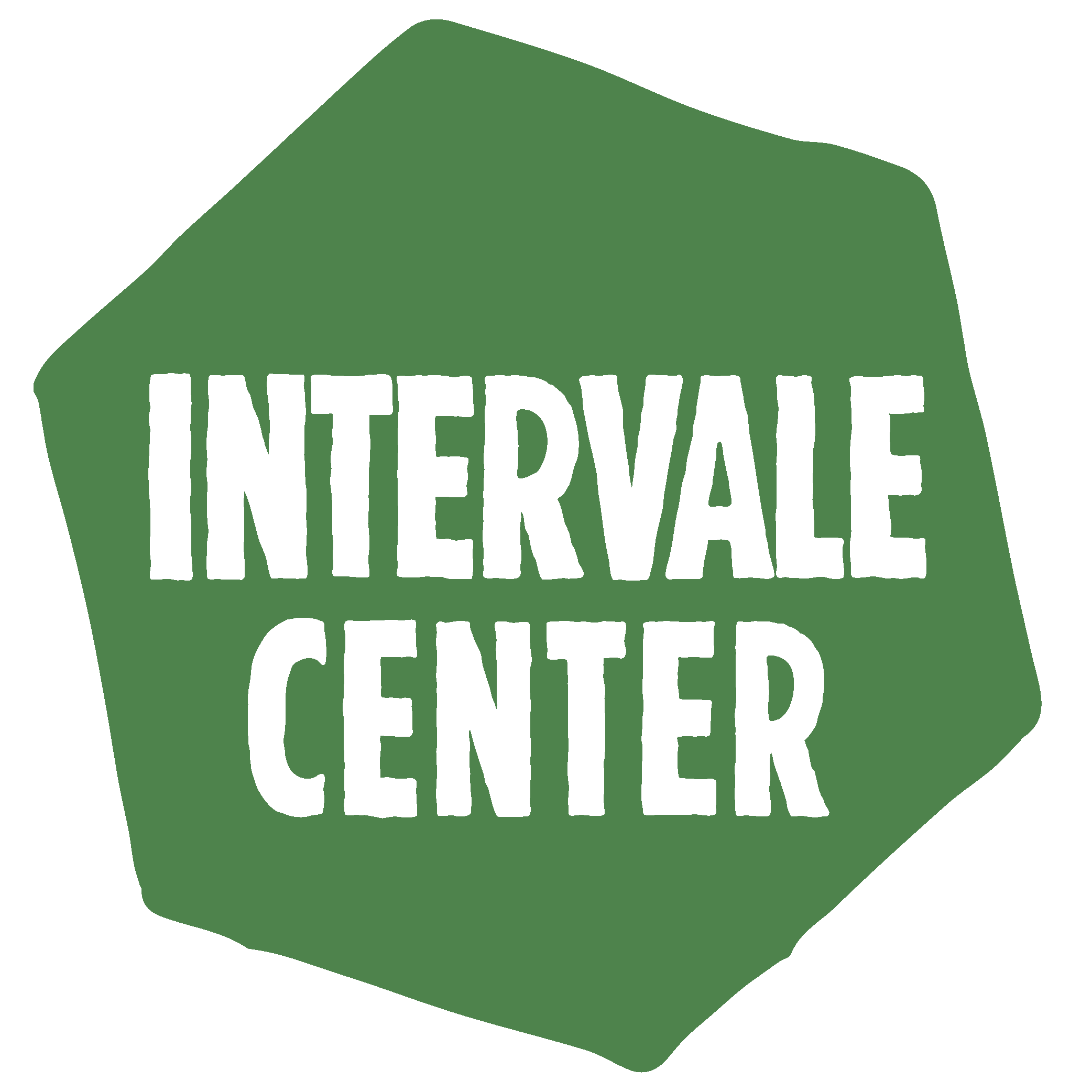Stewarding the Silver Maple Ostrich Fern Floodplain Forest
One day last summer, I went for a walk in the Intervale. That’s not terribly unusual, but on this particular walk I was looking for places to hang game cameras; I was off trail, balancing on a log, searching for clues about animal movement patterns. I followed the log deeper into the woods and something shifted – I don’t know if it was the quality of the light, the sounds of the forest around me, the temperature of the air, but something changed. I looked up from my scavenger hunt to a breathtaking scene: sunlight streamed through the maple leaves that towered a hundred feet above my head through open empty air onto a seemingly endless field of ferns. It may sound mundane, but I found it indescribably beautiful, and it has stayed in my mind as clear as a photograph ever since.
It turns out that most of the area that is now called the Intervale used to look something like that. It’s (rather plainly) called a “silver maple ostrich fern floodplain forest” – basically, a forest made primarily of silver maples and ostrich ferns that grows in areas where rivers annually flood. It used to be an exceedingly common natural community throughout rivers in Vermont – actually throughout all of New England and into the Midwest and Canada – but not anymore. Floodplain soils are rich and are definitionally located near water, so most floodplain forests have long been converted to agriculture and/or have been overrun by competitive invasive plants. But that’s not all.
When baby ostrich ferns first reach for the sun in the early days of spring, they look like the curlicues at the hand-end of violins, which might be how they came by their common name “fiddlehead.” Fiddleheads are a delicacy. People have been harvesting and eating fiddleheads in the lower Winooski valley for millennia. Meanwhile, continuing changes in climate, land use patterns, and the prevalence of invasive plants have reduced the number of places where ostrich ferns can grow. All in all, between reduction in habitat, increased competition, and ongoing pressure from harvesting, it’s a tough time to be an ostrich fern.
In the hopes of making ostrich fern life a little simpler, a group of land stewards and other interested parties from throughout the watershed are sharing ideas and best practices, including:
• Establishing a baseline dataset so we can track the health of the ferns and the effects of harvesting on those populations
• Suggesting that people forage for ubiquitous invasive plants like garlic mustard, knotweed, and goutweed instead of fiddleheads (this has the double benefit of knocking back some fiddlehead competitors, while allowing ostrich ferns to grow unrestrictedly)
• Asking people to forage responsibly and consider forgoing purchasing unregulated wild-harvested foods
• Establishing harvest-free research/restoration zones.
Additionally, in partnership with the Burlington Wildways Invasive Pilot, we’re going to be experimenting with various invasive removal techniques throughout the Lower Winooski Valley and with transplanting ostrich ferns into a variety of habitats. If you’d like to help with the planting, please join us on Saturday, May 1 at the Intervale Center for a Spectacular Day of celebrating nature. And we’re always open to more suggestions – if you have an idea for how to protect or restore ostrich ferns, please let us know!
Ultimately, through learning, partnership, community engagement, and a shared stewardship ethic, we hope to protect this precious resource and perhaps eventually restore the Intervale to its silver maple ostrich fern floodplain forest glory. In a perfect world, the sight that took my breath away would – while still beautiful – be commonplace, and ostrich ferns – and the rest of the silver maple floodplain forest – could breathe a little easier.
- Lina Swislocki, Land Stewardship Research Associate


